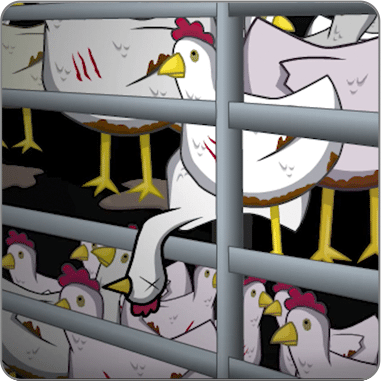
Home
“You cannot get through a single day without having an impact on the world around you. What you do makes a difference, and you have to decide what kind of difference you want to make.”
~ Jane Goodall, Primatologist, Ethologist, Anthropologist, and UN Messenger of Peace
Space. We shape it just as much as it shapes us. Think about your bedroom. Photos capture moments in time, books offer insight into hobbies and passions, and even the color scheme expresses a bit about who you are. But what does your space say about your relationship to the planet? Consider your furnishings, your bedding, your personal care products – what story are these pieces in your space telling?
Now, zoom out a bit further and think about the town that surrounds your shapes. Your town works to provide you with electricity, water, heat, and transportation. And now, there are many cities and towns investing in technologies and integrating sustainable processes to help make the space more earth-friendly for their citizenry. Take a look at these ten cities are leading the way. And check out the USGBC website – an organization working to transform the way buildings and communities are designed, built and operated, enabling an environmentally and socially responsible, healthy, and prosperous environment that improves the quality of life.
In order to make all of our spaces sustainable, we need to call on our creativity and innovation to rethink the status quo. Because taking responsibility for each of these spaces (personal, professional, community) will prompt all of us to reconsider how we interact with the environments we operate in.
Green
Think
Here’s one aspect of your space to seriously consider. So much of our time is spent in our beds, whether sleeping, watching TV, or scrolling through emails. In fact, we spend about 25 years of our lives sleeping. There are harmful toxins hiding in conventional mattresses that emit gases over time, releasing dangerous chemicals into your body and the air. Not to mention, if you’re sleeping on sheets/blankets/pillows made with conventionally grown cotton or synthetics like polyester, you’re increasing use of and exposure to toxins. Though conventional cotton only accounts for 2.4% of the world’s cropland, it is responsible for 24% of global pesticide use. Organic cotton is grown without pesticides or herbicides and is not genetically modified.
Challenge
Start to think about your bedtime routine and how you reimagine your bed.
- Select one item from your bed and take a picture of it.
- Research what it is made of and where it was made.
- What surprised you about this information?
- Find a sustainable alternative for one of your items and share two health and environmental benefits.
- Share with us what you find by tagging @TurningGreenOrg and using #ConventionalToConscious.
Greener
Think
It’s time to get informed about your community and uncover your voice to become a strong advocate for sustainability.
Challenge
Think of the key elements in your town or city. How does your area get its energy? Do grocery stores source their food from far away, or is it grown locally? What fills your town center; is it filled with malls or is there green space or farmland anywhere?
Take what you have learned so far and think about 3 sectors in your town where you could bring some of that innovative spirit to make your town more sustainable. A few places to start may be public transportation, unused land, roofs, grocery stores, malls, etc. Use the High Line as inspiration for what can be achieved with some creativity and collaboration.
Greenest
Think
Innovators are being called to redesign cities all over the world. The USGBC has a big part in this innovation. “Our vision at the U.S. Green Building Council (USGBC) is that buildings and communities will regenerate and sustain the health and vitality of all life within a generation. Our mission is to transform the way buildings and communities are designed, built and operated, enabling an environmentally and socially responsible, healthy, and prosperous environment that improves the quality of life.”
From green spaces to new technology, cities and the people that live in them recognize that it’s not enough to transform your home, you have to transform the big picture. Robert Hammond, creator of Manhattan’s High Line, is a great example of someone who took what was infront of him and transformed it into something that benefitted the planet. Or check out how people all over the world are turning rooftops into spaces to grow bountiful crops. We need to be innovating and using existing space creatively.
Challenge
Here’s your chance to fashion your “dream” city. What would it look like and how would it operate?
Draft a letter to your city/ town planner explaining why you focused on each of these sectors and elaborate on your proposed ideas for a more sustainable future. See if you can get a response. If you do, let us know



